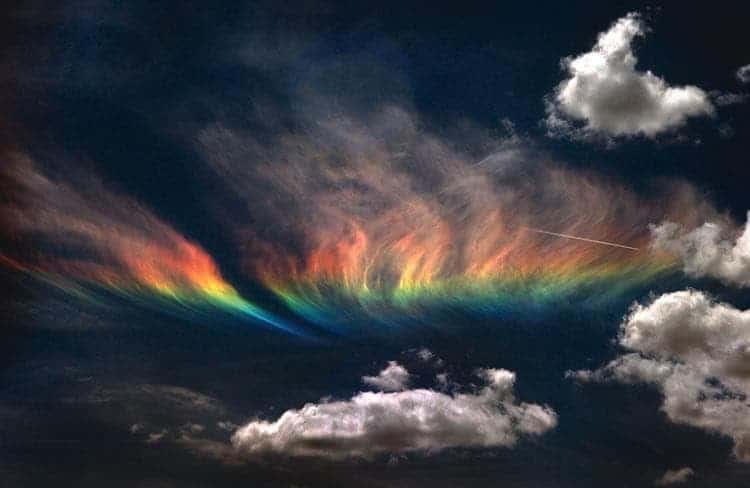
With the recent sighting of a fire rainbow in South Carolina, there seems to be a sudden surge of interest for this phenomenon, so I thought I’d come back with some more information.
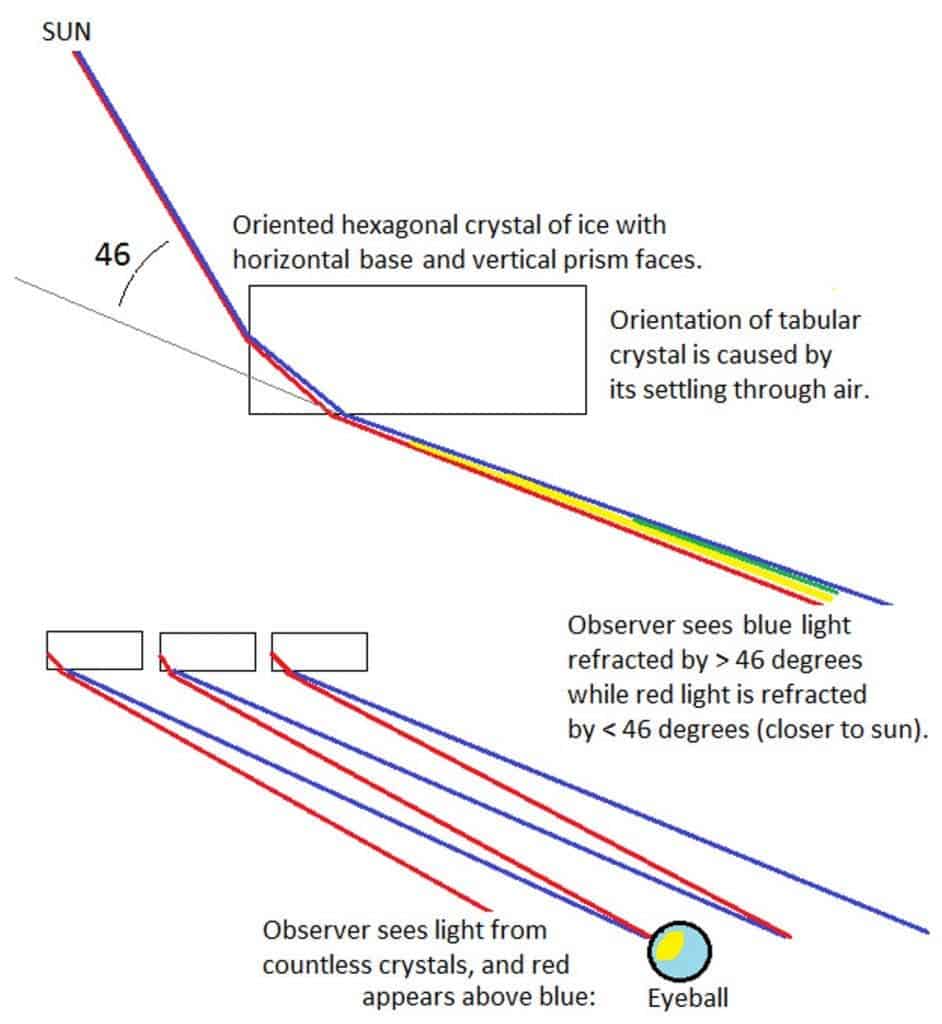
First of all, they’re not ‘fire rainbows’; in fact, they’re not rainbows at all. The correct name is circumhorizontal arc, and it’s an optical phenomenon formed by the refraction of sunlight (or moonlight) on ice crystals in cirrus clouds. Basically, the light enters the horizontally-oriented, flat, hexagon ice crystals through a vertical side face and leaves through the near horizontal bottom face. It doesn’t matter what size the crystals are, the only thing that matters is the orientation – you need the light to come through very specific crystals at a very specific angle, and that’s why they’re usually pretty rare.
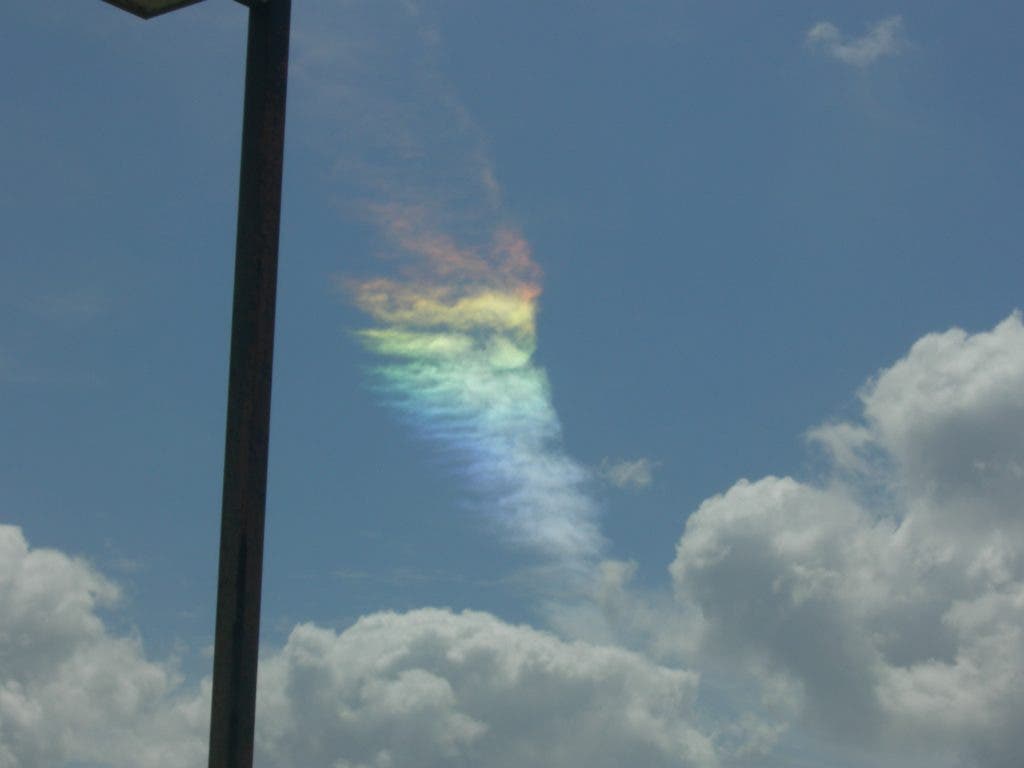
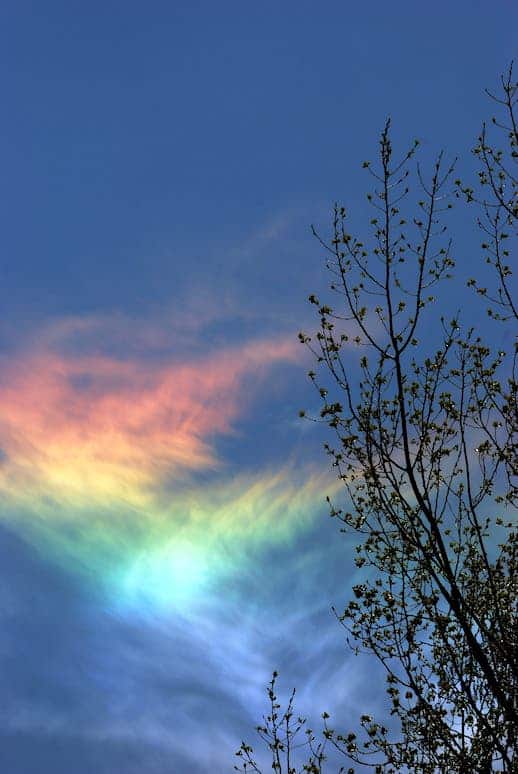
They occur when the sun is very high in the sky (higher than 58 degrees). This creates a halo which is twice as far from the sun than the crystals – if this halo is projected onto a cloud, then the result is as you see here.
The difference from rainbows is that while rainbows form when sunlight passes through droplets of water low in the atmosphere, while circumhorizontal arcs occur when light is reflected by hexagonal (flat) ice crystals).

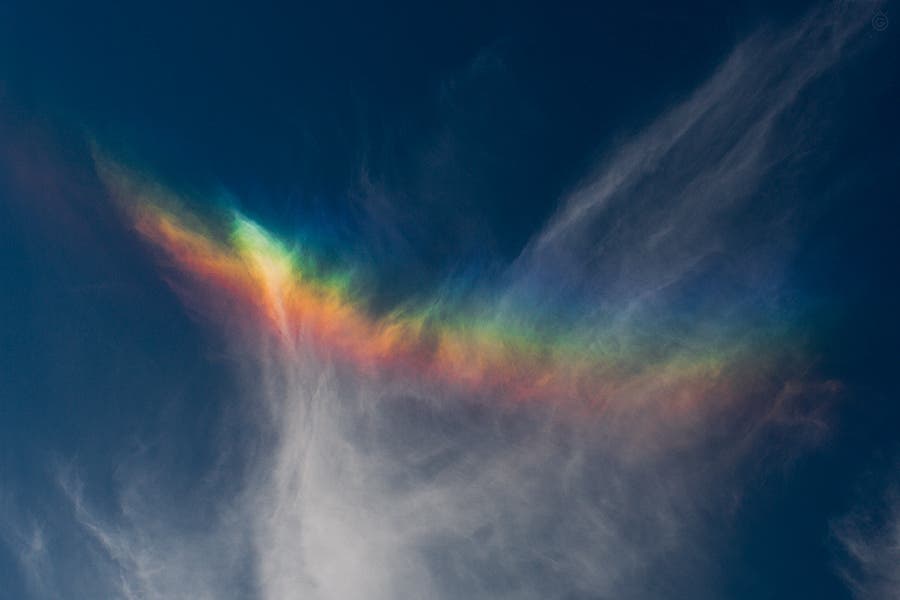
You’ll never see one form at a latitude greater than 55 degrees north or south – because at those latitudes, the sunlight doesn’t come at a large enough angle – the sun simply isn’t high enough.
Was this helpful?